


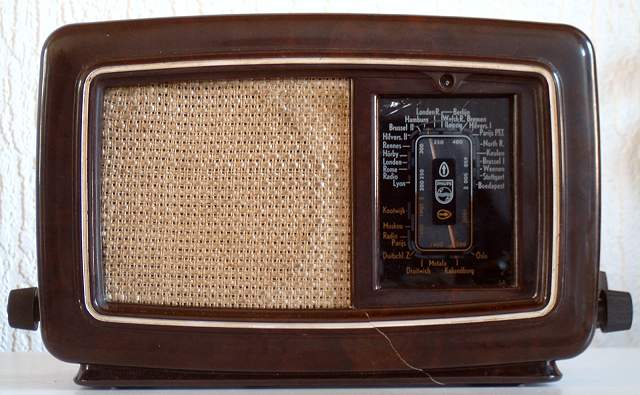 1941
1941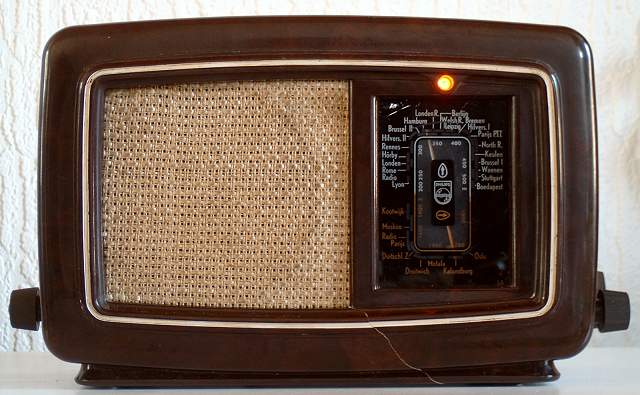 1941
1941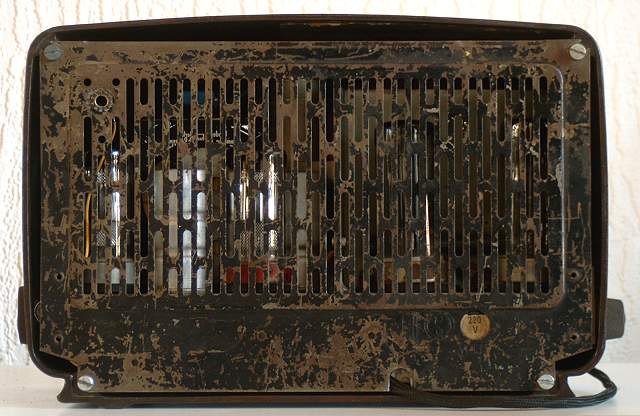 1941
1941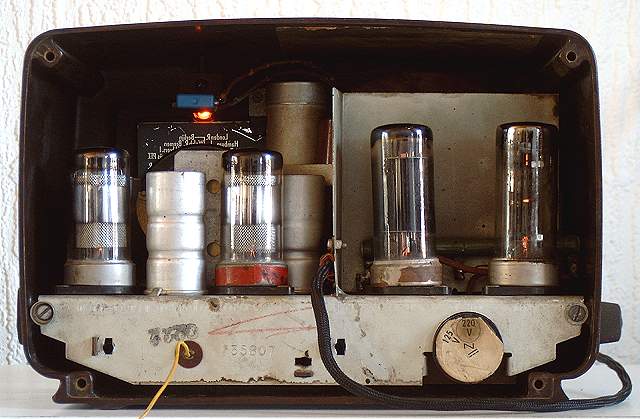 1941
1941 |
Cabinet | 60% |
 |
Reception AM | 70% |
 |
Sound Quality AM | 50% |
 |
P.U. Entrance: | Yes |
 |
Tape Recorder Entrance: | No |
 |
Extra Loudspeaker Output: | No |
 |
Loudness: | No |
 |
Treble Control: | No |
 |
Bass Control: | No |
 |
Tone Register Switches: | No |
 |
AM Bandwidth Switch or Control: | No |
 |
Tuning Indicator: | No |
 |
Build-in Antenna: | Yes, metal back-plate |
 |
Build in Ferrite or Window Antenna: | No |
 |
Tubes: | UCH21, UCH21, UBL21, UY21. |
 |
Wave Bands: | LW, MW. |
 |
Intermediate Frequency (IF): | 452 kHz |
 |
Loudspeaker: | 9668 |
 |
Resonance Frequency Fs: | ? |
 |
Frequency Range Power Amplifier: | ? |
 |
RMS Output Power at 5 Ohms: | ? |
 |
Cabinet: | Bakelite, dark brown. |
 |
Dimensions: | 24.5
x 16.5 x 13 cm |
 |
Mains Power Voltages: | 127, 220 Volts~ |
 |
Mains Power Consumption | 42 Watts |
 |
Retail Price | f 82.50 |

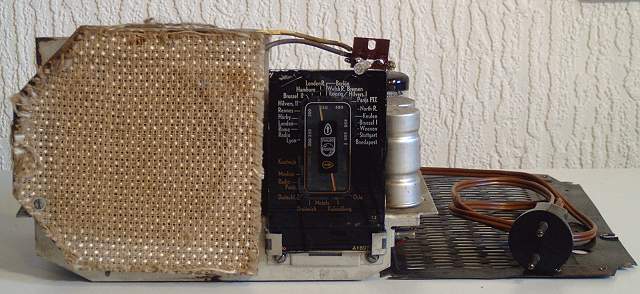
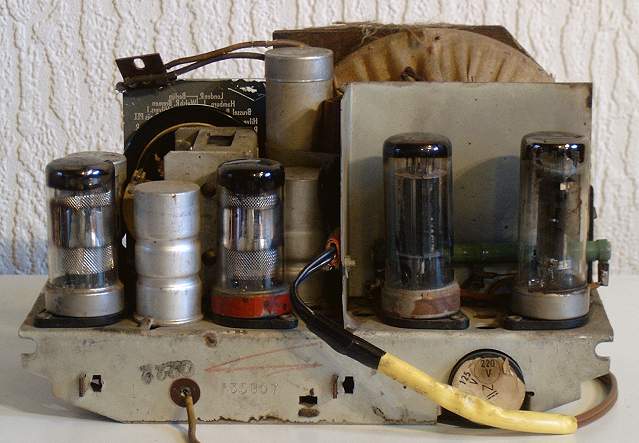
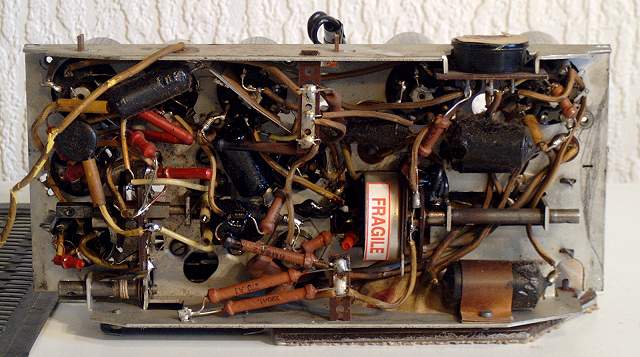
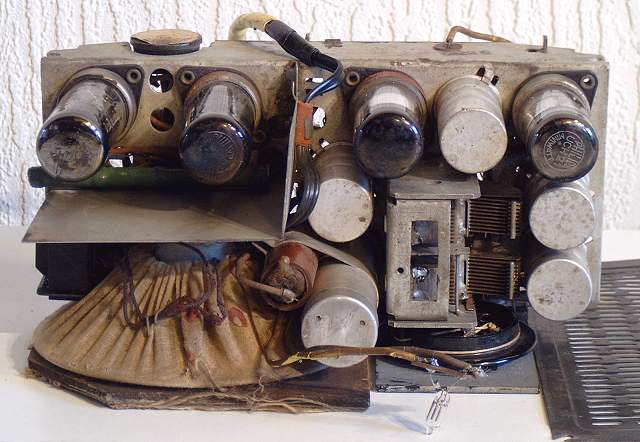
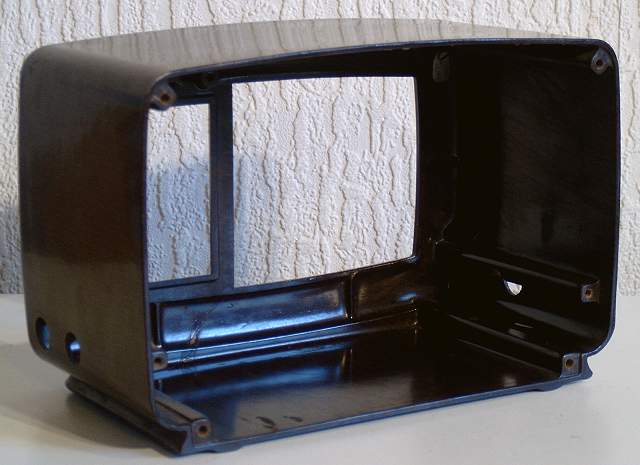


 Home
Home Back
to Picture Gallery 1
Back
to Picture Gallery 1 Contact
Kees van Dijke
Contact
Kees van Dijke